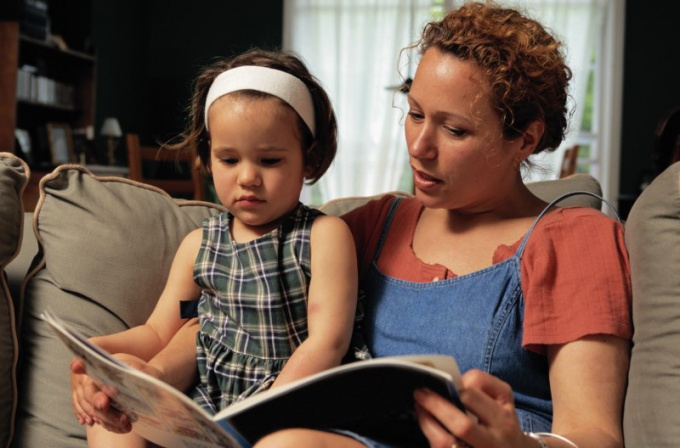Instruction
1
Explore with the child the letters are not in alphabetical order: go from the simplest and most common to more rare and complex. As a rule, begin with the letter "A", but it can be done and with the first letter of baby's name. Well remembered children first "daddy" and "mommy" letter, i.e. "P" and "M". The optimal sequence for learning you can take from any ABC or ABC.
2
Take your time: it is enough if you study one letter in a few days. Help memorization and consolidation of visual AIDS and improvised material. Cut out the letters of velvet and sandpaper, fabrics of different textures (faux fur, flannel, etc.), sculpt from clay and salt dough. Make and hang around the apartment the names of objects and parts of the interior. Let the child finds the words have familiar letters.
3
Try to come up with and tell the kid what it's like each letter: "G" - crane, "D" - building "P" - on the bar, etc. About each tell a poem or a Limerick, sing a song. On the walk draw letters on the pavement with chalk, a stick in the sand, lay out the stones, leaves, twigs. Don't worry, if the child suddenly forgot some of the already learned, just begin each lesson with a repetition of already covered material, and then introduce the baby with a new letter.
Note
Do not try to acquaint the kid with alphabet before he is well enough mastered oral speech, because it can lead to failures in speech development.
Useful advice
In his quest as early as possible to teach your baby to read, please remember that the child is ready to read when it is:
- clearly pronounce most sounds;
- has a sufficient vocabulary, well expresses their needs and opinions;
- able to speak in full sentences common;
- like when he read aloud;
- copies of adults, portraying that "reads" himself.
- clearly pronounce most sounds;
- has a sufficient vocabulary, well expresses their needs and opinions;
- able to speak in full sentences common;
- like when he read aloud;
- copies of adults, portraying that "reads" himself.
